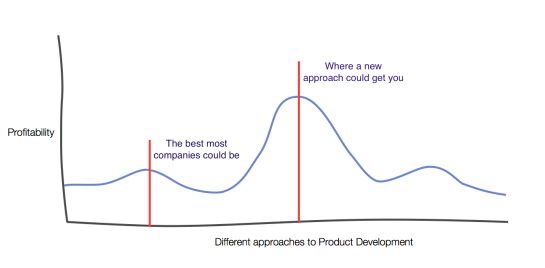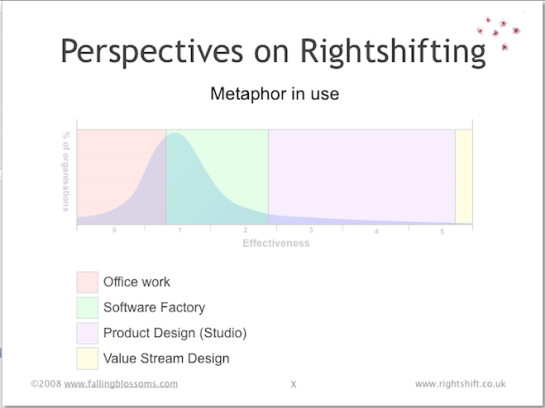Pay Me To Play
The default basis of the usual contract of employment – paying people to work – has gone unexamined for far too long.
What is it organisations want from their waged employees?
In knowledge work at least, the enlightened organisation wants directed learning, collaborative learning, and learning focussed on getting better at understanding and meeting the needs of customers.
“The purpose of business is to create and keep a customer.”
~ Peter F. Drucker
And to make that happen, it’s helpful to attend to the needs of everyone involved in the enterprise.
So why do we expect “a fair day’s pay for a fair day’s work”? (I find it ironic that this comes from the labour side of the contract.)
More explicitly, why the near-universal assumption that the equation should be about paying people to work?
Richard Branson has recently adopted an “as much holiday as you like” non-policy for Virgin HQ staff. Netflix also does not track holidays taken by its staff – and has found that “staff morale, creativity and productivity have all risen” as a result.
Here we begin to see an ever-so-tiny crack in the pay-for-work hegemony.
Extrapolating, why maintain the fiction that so many workers have been seeing through for years? Salaried people don’t get paid for work – they get paid to turn up. Put another way, they’re a fixed cost. And with the continuing changes in the nature of work, where merely turning up has less and less relation to the adding of value, let alone the meeting of needs, why maintain this fiction any longer?
At Familiar, we encouraged people to set their own terms and conditions, including pay rates, hours, etc.. If I was doing the same kind of thing today, I’d go one step further and break the ties between work and pay entirely.
A New Take on Remuneration
How then might we remunerate people? Absent some universal payment from e.g the state to all its citizens, allowing them to pursue their own ends, their own dreams, free from the fetters of having to earn a living, how might a business “employ” people in the pursuit of its purpose?
If it were me, I’d invite each person to set a “retainer” – a level of remuneration sufficient to meet their needs and allow them freedom from the worries of keeping a roof over their heads. Plus a fair share in the rewards of the collective endeavour. Perhaps via a blockchain crypto-equity arrangement.
What about the loafers?
I was in Switzerland recently, and touched in discussion upon the topical idea of a basic “stipend” for all Swiss citizens. It seems this is not popular amongst those already in work. I suspect this is down a fear that (other) people will take advantage and loaf. Another case of the Fundamental Attribution Error? Or maybe people are just a bit more Theory-X than they’d like to admit to themselves.
“Accept the fact that we have to treat almost anybody as a volunteer.”
~ Peter F. Drucker
As far as any one organisation goes, does it really make sense to hire people that are only there for the money? That don’t find some intrinsic motivation – joy, even – in the actual work? I don’t think so. Of course, there will always be the occasional pathological exception. The occasional person that “takes advantage”. But let’s not make the Analytic-minded mistake of defining policy to cater to the worst possible scenario. What would happen is we just treated everyone like they were a volunteer?
Yes. And pay them, as well?
Pay to Play
If we’re no longer hung up on paying people to work, then how else might we choose to characterise the relationship?
Coming back to the purpose of business, if it’s fundamentally about learning, and the best way to learn is to play, then we’re on the threshold of pay-for-play.
That would suit me. I know I’m most useful, most valuable, when I’m happily playing with things. Like ideas. And playing together, with others, like the social animals we are.
After all, we’re not shifting pig-iron here, right?
– Bob
Further Reading
A CEO letter to the Board…long overdue ~ Henry Mintzberg

















